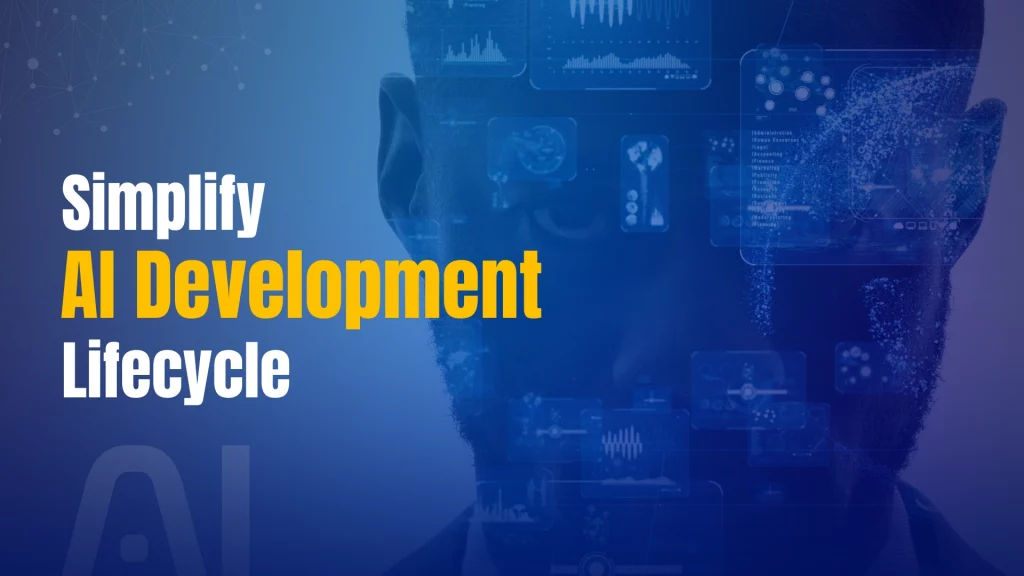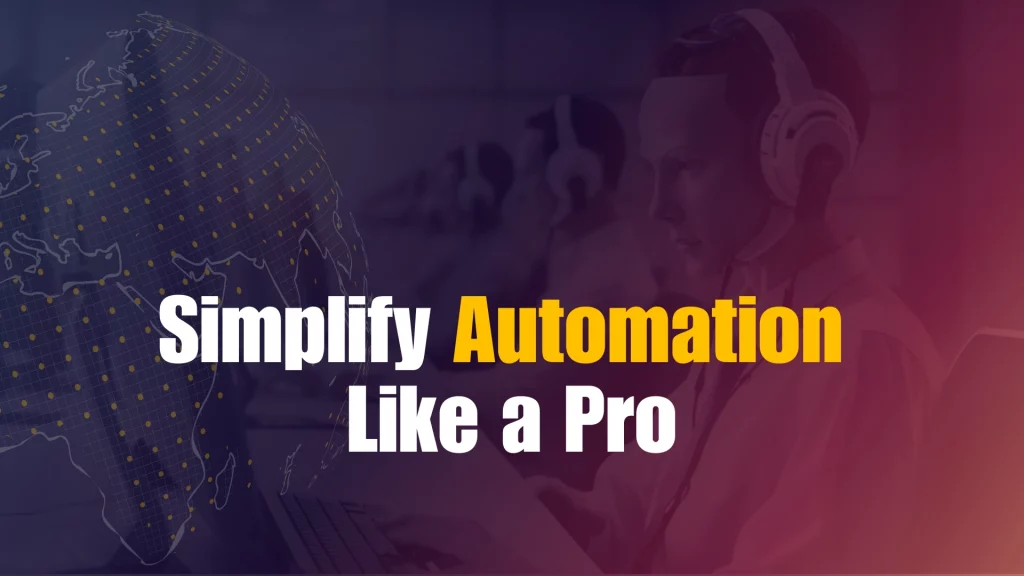In today’s fast-paced business environment, agility is key. Imagine you’ve just secured a new project. It’s a major opportunity that could propel your company forward. But there’s one problem: your in-house team doesn’t have the bandwidth to take it on. Hiring full-time employees isn’t feasible because the project is short-term, and outsourcing the entire project may not provide the control and alignment you need.
This is where staff augmentation comes into play.
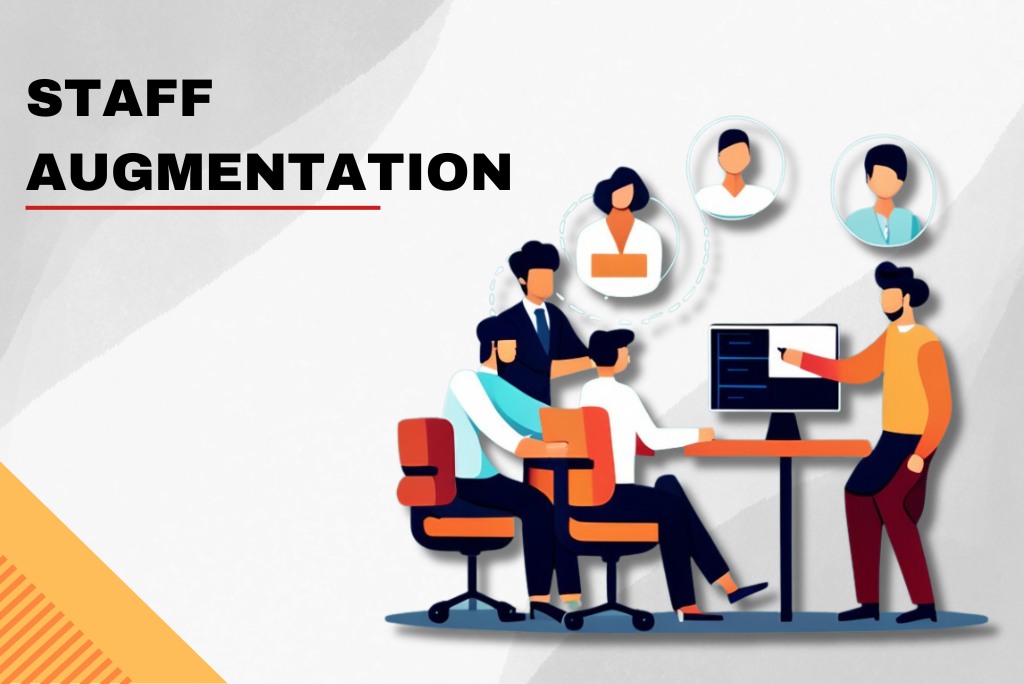
“Did you know? According to a 2023 Deloitte study, 60% of companies now rely on staff augmentation to scale their teams faster and cut hiring costs.”
It allows businesses to bring in external experts temporarily, filling the skills gap and boosting your team’s capacity without long-term commitments. Whether you’re an IT firm needing software developers, a healthcare provider implementing new technology, or an engineering firm scaling up for a large project, It offers the flexibility you need.
But what is staff augmentation exactly, and how can it help your business stay competitive? In this guide, we’ll explore the insights and outs of it, its benefits, types, and how it stacks up against other staffing models like outsourcing and consulting.
Table of Contents
What is Staff Augmentation?
At its core, it is a flexible hiring model that enables companies to temporarily expand their workforce by bringing in outside professionals. These professionals, often with specialized skills, integrate into your existing team to help you meet project deadlines, tackle complex tasks, or manage seasonal spikes in workload.
This differs from traditional outsourcing, where a company hands off an entire project or function to an external provider. With staff augmentation, the external professionals work alongside your team, ensuring that you retain control over the project and maintain internal knowledge flow.
Types of Staff Augmentation Services
Different industries require different types of talent, and Its services can cater to a wide range of needs. Here are some of its most common types:
1. IT Staff Augmentation
IT projects often require specific technical skills that may not be readily available in-house. With IT staff augmentation, companies can bring software developers, network administrators, cybersecurity experts, and other IT professionals to work for critical projects.
2. Software Development
This is particularly useful for businesses working on complex software development projects. Whether it’s building a custom application, integrating new software solutions, or managing data migration, bringing in external developers ensures you can meet tight deadlines without sacrificing quality.
3. Engineering
For industries like manufacturing or construction, projects may require engineers with specialized knowledge in areas like civil engineering, mechanical systems, or product design. Engineering staff augmentation allows firms to quickly scale their teams and tackle high-demand projects with the right expertise.
4. Salesforce
As businesses increasingly rely on CRM systems like Salesforce, the need for certified Salesforce architects, administrators, and developers has grown. By using Salesforce staff augmentation, companies can optimize their CRM systems, streamline operations, and improve customer management.
Benefits of Staff Augmentation
So, why do so many companies from tech startups to large enterprises turn to staff augmentation? Here are some of the key benefits:
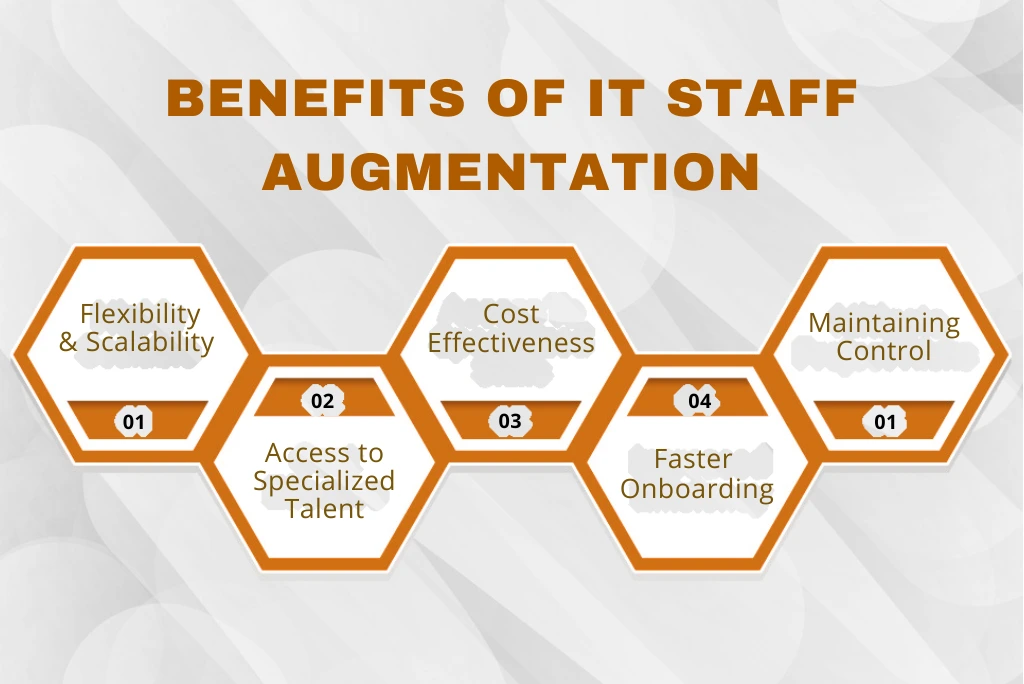
1. Flexibility and Scalability
Imagine you’re gearing up for a major project, but your team is already stretched thin. Hiring full-time employees for a temporary spike in workload doesn’t make financial sense. This is where staff augmentation shines. You can scale your team up or down as needed, bringing in additional talent for the duration of the project and releasing them once the work is complete.
Unlike permanent hires, where you’re locked into long-term contracts, It allows you to remain agile, responding quickly to changing project demands without the overhead of onboarding new employees.
- “In a survey by McKinsey, companies using staff augmentation reduced their project costs by 25% compared to traditional hiring.“
- “Gartner reports that businesses using flexible staffing models, such as staff augmentation, adapt 50% faster to changing market demands.”
2. Access to Specialized Talent
No matter how talented your in-house team is, they might not have the specific expertise required for certain projects. Whether you need an expert in cybersecurity, a Salesforce architect, or an AI developer, staff augmentation gives you access to a pool of specialized professionals who can hit the ground running.
For example, if you’re developing a mobile app with augmented reality (AR) capabilities, but your in-house team has no AR experience, you can quickly augment your team with AR specialists. This ensures you can deliver the project on time, without compromising on quality.
3. Cost-Effectiveness
Hiring full-time employees is a costly and time-consuming process. It involves recruitment fees, training costs, salaries, benefits, and long-term commitments. In contrast, It allows you to bring in highly skilled professionals for the duration of a project, without the financial burden of permanent employment.
This makes it a particularly attractive option for businesses that need to control costs while maintaining access to top talent.
4. Faster Onboarding
When you hire full-time employees, you often need to invest time in onboarding, training, and familiarizing them with your company culture and processes. With staff augmentation, the external professionals are already equipped with the skills you need. They can integrate into your team quickly and efficiently, helping you meet project deadlines without the usual onboarding delays.
5. Maintaining Control Over Projects
One of the biggest advantages of staff augmentation compared to outsourcing is the level of control you retain. Since the augmented staff works directly under your supervision and follows your internal workflows, you have complete oversight of the project’s progress, quality, and direction.
How Staff Augmentation Works: A Step-by-Step Guide
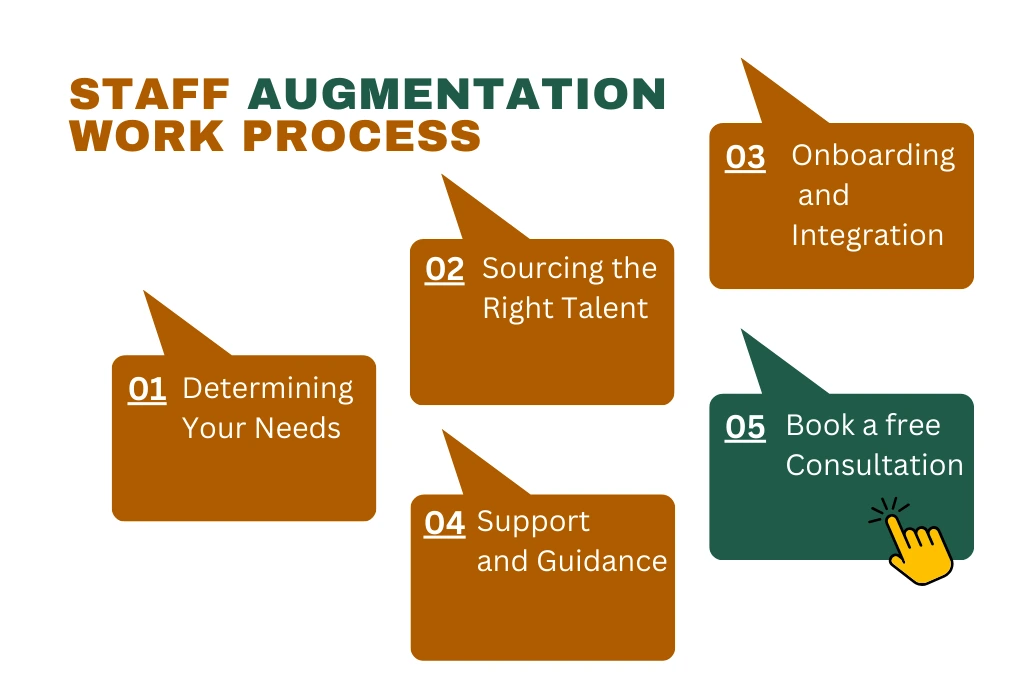
Staff augmentation is a straightforward process that lets you bring in skilled professionals to work alongside your team on an as-needed basis. Here’s a closer look at the main steps:
1. Determining Your Needs
- The first step is identifying what skills and expertise are required for your project. This involves assessing any gaps in your current workforce and defining the scope of the project.
- Clearly outline the roles needed, the project timeline, and any specific qualifications you’re looking for in temporary staff. By having a clear roadmap, you can set your project up for success from the start.
Schedule a Consultation to Discuss Your Needs
2. Sourcing the Right Talent
- Once you’ve defined your needs, it’s time to find the right professionals. Partner with reputable IT staffing firms that specialize in your industry and thoroughly vet candidates.
- Look for providers with a strong network of technical talent, and ensure they have a robust screening process to match you with candidates who meet your requirements.
3. Onboarding and Integration
- After selecting your team members, integrate them into your existing workflows. Start by clearly defining roles and responsibilities to avoid confusion.
- Provide a comprehensive onboarding process to familiarize the augmented staff with your tools, processes, and project objectives. The goal is to make them feel part of the team so they can contribute effectively.
4. Providing Continuous Support and Guidance
- Even the most skilled professionals benefit from ongoing support. Maintain regular check-ins to ensure the project is on track and that the augmented staff are clear on their tasks and priorities.
- Encourage collaboration between in-house and augmented team members to create a cohesive team environment. By actively managing and supporting your team, you help them meet your project’s goals efficiently.
Learn About Our Support Services
Challenges and Solutions with Staff Augmentation
While It offers many benefits, like any business model, it comes with its challenges. However, these challenges can be managed effectively with the right approach.
Challenge 1: Integration with In-House Teams
One of the common challenges businesses face when using staff augmentation is ensuring that the external professionals blend seamlessly with the existing team. Cultural differences, workflows, and communication styles can sometimes create friction.
Solution:
The key to overcoming (Integration with In-House Teams) this is a solid onboarding process. Provide the augmented team members with clear guidelines, expectations, and access to all necessary resources. Regular check-ins and open communication will help smooth the integration process.
“A 2023 report by Staffing Industry Analysts shows that 70% of businesses using staff augmentation resolve integration challenges within the first 30 days through structured onboarding.”
Challenge 2: Managing Communication and Collaboration
Remote or external team members can sometimes feel disconnected from the in-house team, leading to communication issues and collaboration breakdowns.
Solution:
Implementing collaboration tools like Slack, Microsoft Teams, or Zoom can keep everyone connected. Clearly define communication protocols and ensure that augmented staff are part of all important meetings and discussions.
“With remote collaboration tools, augmented teams can be as productive as in-house teams within weeks,” says Jane Smith, a staffing expert at Tech Advisors.”
Challenge 3: Maintaining Project Continuity
When using temporary staff, there’s a risk that project knowledge can be lost once their contract ends.
Solution:
To mitigate this, ensure proper documentation throughout the project. Tools like Confluence or project management software ensure all knowledge is stored and easily transferable.
Common Misunderstanding about Staff Augmentation

There are several myths and misunderstandings about staff augmentation that can confuse companies considering this model. Here are a few key points to clarify:
- It’s Only for Large Enterprises
Contrary to popular belief, staff augmentation isn’t just for big corporations with massive projects. Small and medium-sized businesses can also benefit from this model, especially when they need to bring in niche skills or scale their teams for short-term needs. In fact, for smaller companies, staff augmentation can be a cost-effective way to access talent without the burden of full-time hires. - Staff Augmentation and Outsourcing Are the Same
It’s easy to confuse staff augmentation with outsourcing, but they are two distinct models. While outsourcing involves delegating entire projects to a third-party provider, staff augmentation is about integrating external talent directly into your team. This means you retain control over the project and the workflow while leveraging external expertise. - Temporary Staff Are Less Committed
A common concern is that temporary staff won’t be as committed to the project as permanent employees. While it’s true that their engagement is project-based, many professionals brought in through staff augmentation are highly motivated to deliver top-quality work. Their reputation as consultants often depends on their performance, and they are incentivized to contribute effectively to the project’s success.
In-Depth Example of Staff Augmentation in Action
Let’s take an example from the IT sector to illustrate how It works in practice.
Company X, a mid-sized software development firm, won a contract to build a complex mobile application for a large client. The project required expertise in machine learning and artificial intelligence (AI), but Company X’s in-house team lacked the necessary experience in these areas. Instead of losing time to hire full-time AI specialists, they opted for IT staff augmentation.
Through this service, Company X brought in a team of experienced AI developers for the duration of the project. These developers worked alongside the in-house team, sharing knowledge and ensuring seamless integration of machine learning features into the app. As soon as the project was completed, the external developers left, and the in-house team resumed normal operations.
By using staff augmentation, Company X was able to:
- Meet the project deadline without hiring permanent employees.
- Save costs on long-term employment contracts.
- Deliver a high-quality product using top-tier AI talent.
Staff Augmentation vs Other Staffing Models
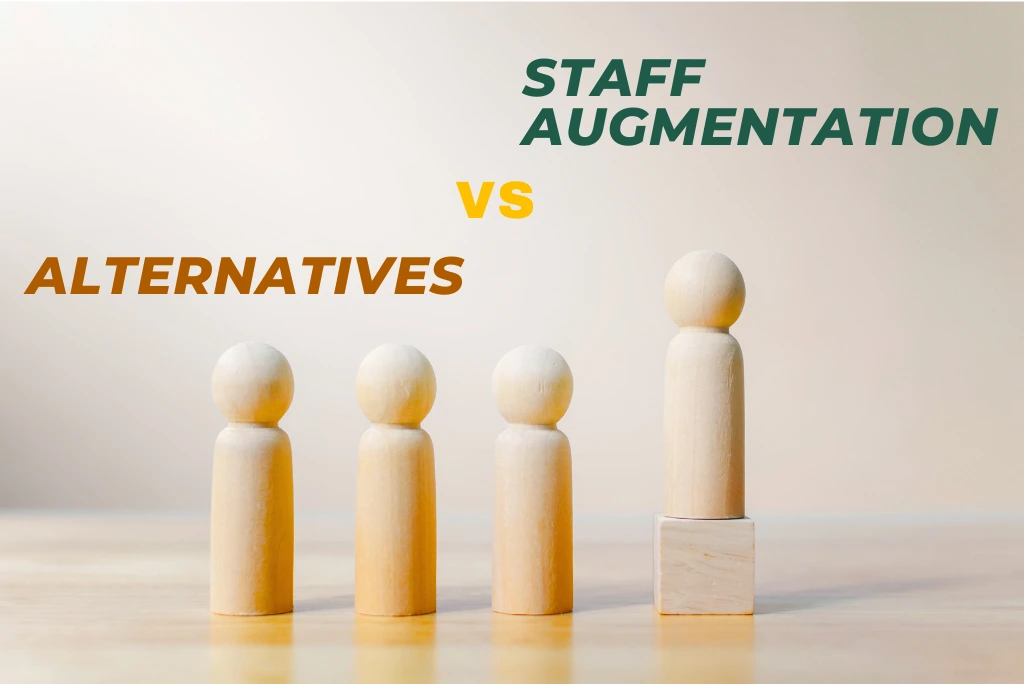
While staff augmentation allows you to integrate new talent directly into your team, it’s important to understand how it compares to other staffing solutions, such as consulting and outsourcing:
- Consulting: In a consulting model, you’re hiring experts to advise or provide strategic direction on a project. These consultants typically do not execute tasks themselves; they offer guidance, insights, and recommendations but aren’t embedded in the daily operations of your team.
- Outsourcing: In an outsourcing arrangement, you’re delegating the entire project or function to a third-party provider. This can be beneficial for non-core business activities, but it may lead to less control over the final product or service. Outsourcing is also often geographically distributed, meaning you might face time zone and communication challenges.
- Staff Augmentation: This model, on the other hand, is all about integration. The external talent becomes a part of your team, following your internal processes, using your tools, and reporting directly to your managers. You retain complete control over the project, while benefiting from specialized skills and increased capacity.
How to Choose the Right Staff Augmentation Provider
Choosing the right staff partner can make or break your project’s success. Here are key factors to consider when selecting a provider:
1. Experience in Your Industry
Not all companies specialize in every industry. Make sure the provider you choose has a track record in your sector, whether it’s IT, healthcare, engineering, or finance.
2. Access to a Specialized Talent Pool
Your staff augmentation provider should have access to top-tier talent that meets your project needs. Check their recruitment process and how they vet candidates.
“A provider with deep industry experience can help you avoid common pitfalls,” says John Doe, CEO of Staffing Innovations.”
3. Cultural and Workflow Fit
The external team must integrate smoothly with your company culture and work processes. Discuss how the provider ensures that their professionals can adapt to your work environment.
4. Support and Flexibility
Ensure that the provider offers support throughout the project and is flexible in scaling up or down as your needs change. Having a partner who can quickly respond to changing demands will keep your project running smoothly.
Fast Fact: “According to a report from Deloitte, 45% of companies site flexibility as the top factor when choosing a staff augmentation provider.”
5. Client Reviews and Case Studies
Look for client testimonials and case studies to assess the provider’s previous successes. A proven track record will give you confidence in their ability to deliver.
Looking for a reliable staff augmentation partner? QWERTY Experts specializes in providing experienced talent for IT, engineering, and software development projects. Schedule a consultation today to find out how we can help you scale your team.
Conclusion
In a rapidly changing business environment, having the ability to scale your workforce quickly is essential. Staff augmentation offers a flexible, cost-effective way to meet project deadlines, access specialized talent, and stay competitive.
Whether you’re a tech startup needing software developers, or a manufacturing firm scaling up for a big project, It provides the tools you need to succeed.
“In today’s fast-paced market, staff augmentation is not just an option it’s a strategic advantage,” says a 2023 report by Gartner.”
If you’re ready to explore how staff augmentation can help your business, QWERTY Experts is here to provide top-tier talent tailored to your specific needs. Schedule your free consultation today and start building your dream team.




